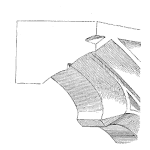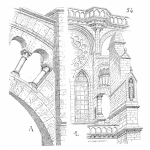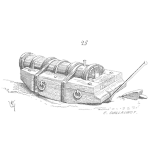
Asset Management in Public and Private Sectors have some similarities and some contrasts. Most of our clients are in the private sector but occasionally we do some public sector work so we see both sides. Often, we notice distinct differences in practices and in what motivates those practices. Both have strengths and weaknesses. Both can learn a lot from each other. [Read more…]














 Ask a question or send along a comment.
Please login to view and use the contact form.
Ask a question or send along a comment.
Please login to view and use the contact form.